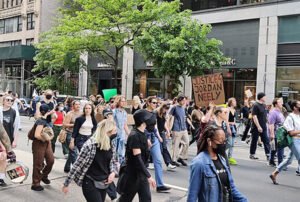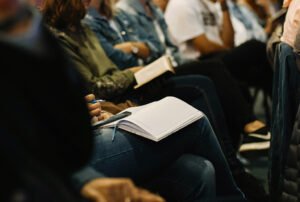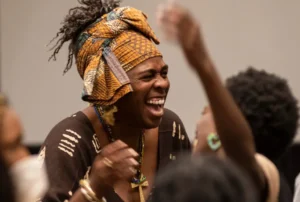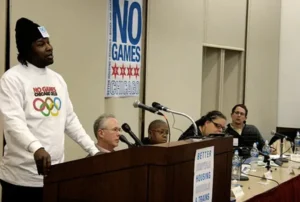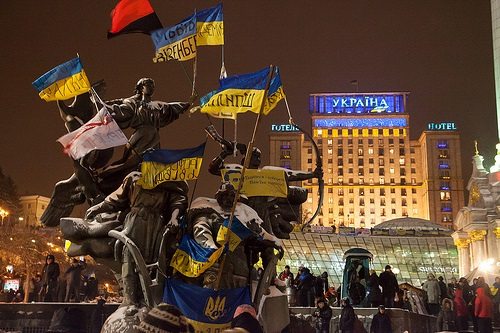
January 2, 2014; Washington Post, “Monkey Cage”
NPQ thinks that some of the newer forms of journalism are providing unanticipated depth to reporting on world events. For instance, a blog at the Washington Post dubbed “The Monkey Cage” has surveyed participants in the recent Ukrainian “Euromaiden” protests. This is a part of the blog’s attempt to publish political science research for popular consumption. And in this vein, political scientist Olga Onuch surveyed participants at the protest sites at Kiev to determine who was protesting and what the role of social media and Internet news was. The surveys were conducted by 20 interviewers; at the point that this blog post was written, 1203 had been done.
She reports:
“The preliminary findings from [the] study are surprising and incongruent with reports from news media outlets:
- Protesters are older than expected.
- Protesters are more diverse than expected.
- Social media are important, but not simply as a provider of information about existence of protests.
- Social networks—both within and outside of social media—seem to be highly influential in bring people out into the streets.
- Social media and Internet news sites seem to have been successfully used as key framing devices for protest themes.”
The importance of this work cannot be overstated. For instance, Onuch says that much has been made of the fact that these protests have been made up overwhelmingly of students and youth, but the reality is that 69 percent of participants are over the age of thirty, with the average age being 36. Onuch writes that 24 percent of participants are over the age of 55 and 8 percent are between 65 and 75, “thus making up a surprising, interesting and under discussed group.” She goes on to look at the motivations of each of those age groups, which vary.
Sign up for our free newsletters
Subscribe to NPQ's newsletters to have our top stories delivered directly to your inbox.
By signing up, you agree to our privacy policy and terms of use, and to receive messages from NPQ and our partners.
She then turns her attention to the ways in which people found out about the protest they were attending, and she provides the following chart.
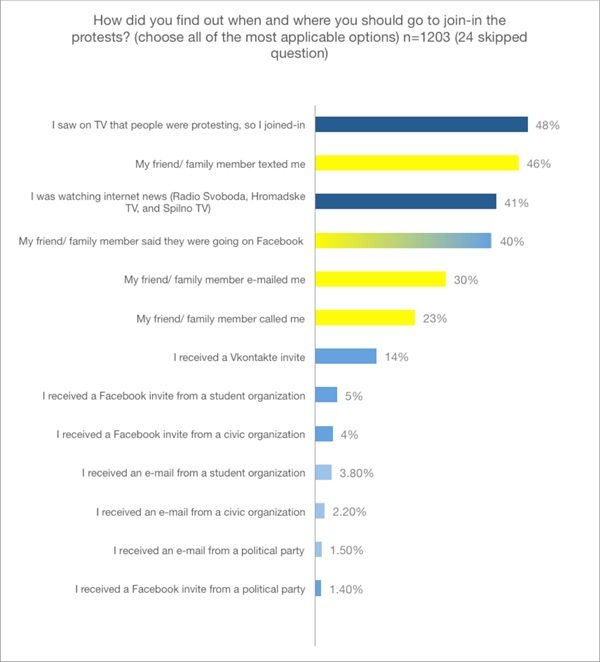
Finally, Onuch writes that “first impressions point to an ‘Internet-to-the-streets’ directionality of claims and framing of demands. In interviews protesters admitted to seeing signs and statements on Facebook, which inspired their own version (such as the famous UKRAINEUKRAINE sign). Thus, activists, journalists and politicians should note that these new technologies…social media, and Internet sites seem to be crucial in providing new information about, as well as the language of, protest, which protest participants can employ and make their own once they join their friends and family members in the streets.”
Dr. Onuch is a Shklar Research Fellow (2013-2014) at the Harvard Ukrainian Research Institute at Harvard University in Cambridge, Massachusetts. Her research focus is on the comparative study of protest politics, political behaviour, and institutions in democratizing states in Latin American and Eastern Europe.—Ruth McCambridge




